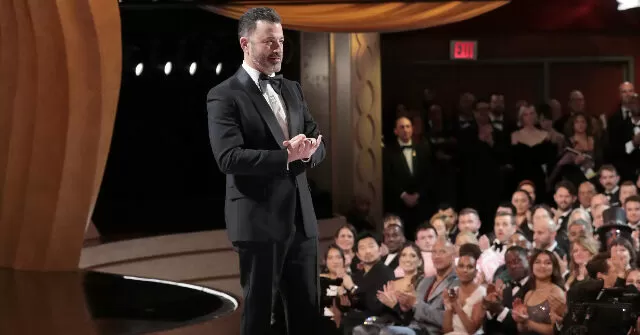European Powers Outline Red Lines for Ukraine-Russia Peace Agreement
Last week, European powers came together to outline their red lines for any prospective peace agreement between Ukraine and Russia. This meeting, which took place in the United States, was attended by French Foreign Minister Jean-Noel Barrot and other high-ranking officials from European countries. The discussions were held ahead of a fresh round of negotiations between Ukraine and Russia, aimed at finding a lasting solution to the ongoing conflict in the region.
The conflict between Ukraine and Russia has been ongoing for several years now, with both sides accusing each other of aggression and violating international laws. The situation has escalated in recent months, with reports of increased military activity and tensions rising between the two countries. In light of this, the European powers felt it was necessary to come together and clearly outline their red lines for any potential peace agreement.
During the meeting, Minister Barrot emphasized the importance of finding a peaceful resolution to the conflict. He stated, “It is crucial that we find a way to end this conflict and bring stability to the region. The people of Ukraine and Russia deserve to live in peace and security.” He also stressed the need for all parties involved to respect international laws and agreements.
The European powers outlined several key red lines that they believe must be respected in any prospective peace agreement. These include the respect for Ukraine’s sovereignty and territorial integrity, the withdrawal of all foreign troops and weapons from Ukrainian territory, and the restoration of control over the country’s borders. They also emphasized the need for a political solution that takes into account the interests of all parties involved.
Furthermore, the European powers made it clear that any peace agreement must include provisions for the protection of minority rights and the promotion of democracy and human rights in the region. They also stressed the importance of addressing the humanitarian crisis in eastern Ukraine, where thousands of people have been displaced and are in need of urgent assistance.
The meeting between the European powers and the United States was seen as a positive step towards finding a lasting solution to the conflict. It demonstrated the strong commitment of these countries to work together and support Ukraine in its efforts to achieve peace and stability. The European powers also expressed their willingness to continue working closely with Russia to find a mutually acceptable solution.
In addition to outlining their red lines, the European powers also discussed the role of international organizations, such as the United Nations and the Organization for Security and Cooperation in Europe (OSCE), in the peace process. They stressed the need for these organizations to play an active role in monitoring and ensuring the implementation of any peace agreement.
The meeting also provided an opportunity for the European powers to reaffirm their support for Ukraine’s sovereignty and territorial integrity. They reiterated their condemnation of Russia’s annexation of Crimea and called for the full restoration of Ukraine’s control over the peninsula.
In conclusion, the European powers have made it clear that they will not accept any peace agreement that does not respect their red lines. They have shown a united front in their commitment to finding a peaceful resolution to the conflict and have emphasized the need for all parties to work together towards this goal. With the support of the international community, it is hoped that a lasting peace agreement can be reached, bringing an end to the suffering of the people in Ukraine and promoting stability in the region.





![Complete BritRail Pass Guide [Types, How to Use It, Pros + Cons]](https://inside-news.uk/wp-content/uploads/2025/06/00221EB4-BCA2-4DBB-6CD4-83DBC37D71FA-120x86.webp)












